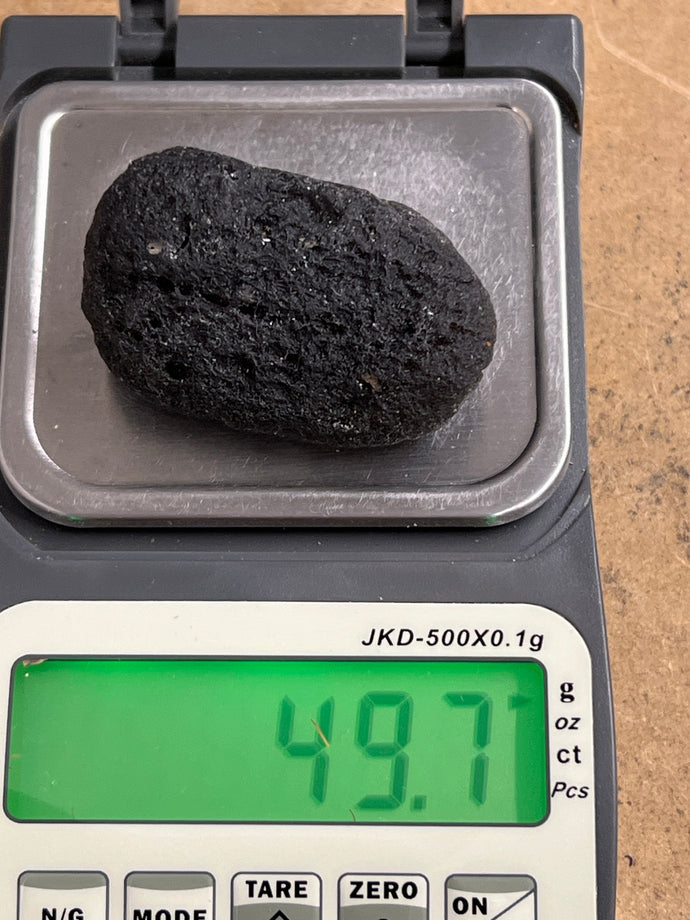
Agni Manitite (49.7 Grams)
Regular price
$49.00
Sale
Receive the one(s) in picture.
There are 2 schools of thought.
Agni Manitite is a newly discovered stone found on a remote island in the Indonesian archipelago. The name derives from the ancient Sanscrit term agni mani, which means "Pearl of the Divine Fire". Agni Manitite is a stone of initiation. When one invites its energies to merge with one’s own, it can ‘tip the scales, turning what is merely possible into something actual, transforming potential into manifestation. When one is working toward spiritual awakening and transformation of the self, Agni Manitite can push one forward into the inner processes that need to occur.
Tektite vibrates to the number 9 and is the astrological sign of Aries & Cancer. Tektite provides us with encouragement to gather knowledge throughout our life travels. With it we can let go of the effects of the undesirable experiences while remembering the lessons learned from these experiences. When we pay attention to these lessons, we can avoid repeating them. It allows us to see into the heart of a situation, allowing us to decide if it is of benefit to continue our involvement in these situations. It helps us to connect with our inner strength in dealing with the decision we make. It acts to balance the feminine and masculine properties of our characters and to stimulate the natural order of growth, development and completion. Tektite allows us to connect with the location of its origin. Carrying a tektite acts to strengthen our energy field. With Tektite we may become drawn to those who have the same transmission frequencies aligned in the ethereal body. In the Orient it is a talisman of great power and Polynesian tribal elders believe that tektites bring wealth and fertility.
Pseudo Tektite
The Agni Manitite or Cintamani stone is a pseudo tektite found in Indonesia. This mysterious stone has the appearance of a tektite but was not created by a meteorite impact. In all probability these stones were created during gigantic volcanic eruptions in which Magma was shot into the atmosphere. Here the material solidified into volcanic glass and rained down afterwards. This stone may therefore be classified under the obsidian and can best be compared with other pseudo tektites such as the saffordite and colombianite.
